News 6/21/11
From Chris Riley: “Re: Mitochon Systems and CollaborateMD partnership. It is natural to be skeptical about a combined EHR and practice management solution that is available for $7 a day, since many physicians are paying far more for the same services. Nothing is missing, however. This Mitochon mEMR system is the first, free, fully certified (ONC-ATCB) EHR system. It has all the features of the expensive, legacy EHRs that cost $10-25,000 for an annual license. The CollaborateMD practice management solution is in use by 5,000 physicians nationwide, many of whom have virtually eliminated claims denials with its advanced editing software. The reason we can keep the costs so low without sacrificing functionality is that Mitochon’s mEMR system is ad-supported. It is, in effect, subsidized by pharmaceutical advertisers. This is a bargain that our customers, almost all of whom are solo practitioners or in small medical groups, gladly accept. The free, ad supported model as delivered by Google, Gmail and Facebook, has revolutionized the way consumers connect and communicate. This model can have the same impact on EHR adoption and physician connectivity.” I appreciate that Riley, CEO of Mitochon, took the time to send in his comments. I remain a bit skeptical, not only about functionality but long-term financial viability of the model, but the company tells me it has more than 500 physicians in 22 states using its EMR, most of them solo practitioners or small groups.
MGMA finds that most medical groups have not yet completed the software upgrades necessary for the transition to the new 5010 transactions standards and have not scheduled testing with health plans. A small number of practices claim they will need to replace their software. Getting the new standards in place is not necessarily cheap — practices who have already upgraded or replaced their software have incurred expenses of more than $16,000 per physician, including the cost of software, hardware, and staff training.
Allscripts adds Precision Healthcare Consultants as a reseller of Allscripts MyWay EHR.
MED3OOO’s InteGreat EHR version 6.5 earns CCHIT 2011 pre-market certification in the ambulatory and child heath categories. InteGreat EHR version 6.4 is already ONC-ATCB-certified through CCHIT. MED3OOO, by the way, was recently recognized by the Pittsburgh Business Times as one of western Pennsylvania’s healthiest employers.
McGraw-Hill Higher Education and Greenway Medical Technologies announce an online HIT course for colleges and universities. Integrated Electronic Health Records: An Online Course and Worktext for Greenway Medical Technologies’ PrimeSUITE will be offered through McGraw-Hill’s Connect Plus teaching solution.
For the sixth straight year, Capario achieves full accreditation with the Healthcare Network Accreditation Program (HNAP) from the Electronic Healthcare Network Accreditation Commission (EHNAC).
ONC makes available its popHealth reference implementation software service for physicians and practices. The open source tool automates the reporting of quality measures for Stage 1 of the EHR incentive program.
OptumInsight (Ingenix) collaborates with InstaMed to offer CareTracker Payment Connect, an electronic bill payment service for patients.
The overall rate of claims processing errors adds about $17 billion in administrative costs to the healthcare system, according AMA’s annual National Health Insurer Report Card. Commercial health insurers have an average claims processing error rate of 19.3%, which is 2% higher than last year. Seriously, what other industry finds it acceptable only get things right four out of five times? UnitedHealthcare was the top performing health insurance carrier with an accuracy rate of 90%. Anthem Blue Cross Blue Shield had the worst performance with a 61% accuracy rating.
AMA subsidiary Amagine introduces the health IT index, an interactive program that helps physicians identify their HIT priorities. I am assuming that once the priorities are identified, the program only recommends one of the dozen alternatives available on the Amagine platform.




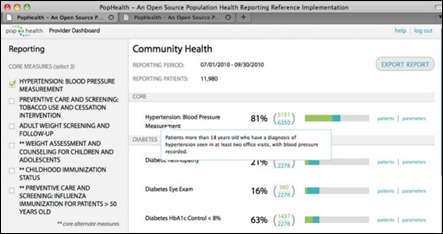
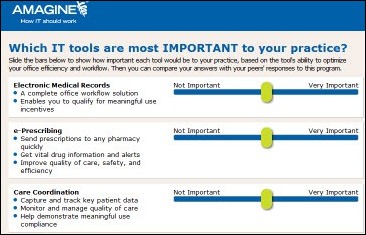



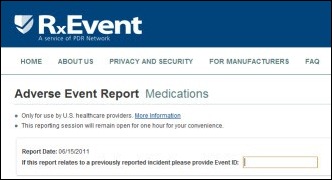
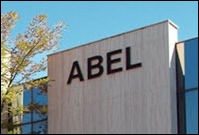
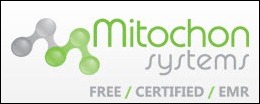

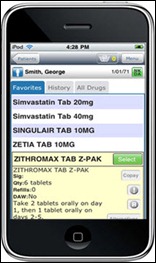
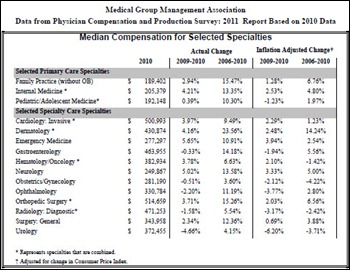
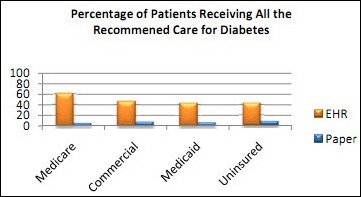
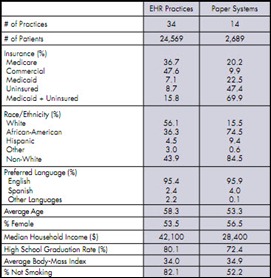


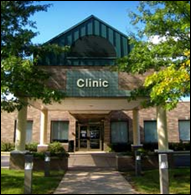
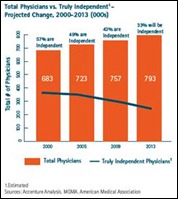
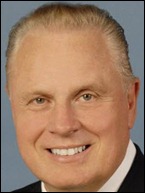

The article about Pediatric Associates in CA has a nugget with a potentially outsized impact: the implication that VFC vaccines…